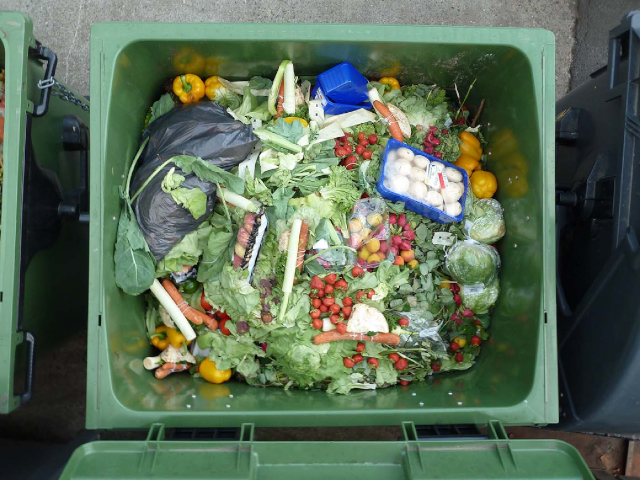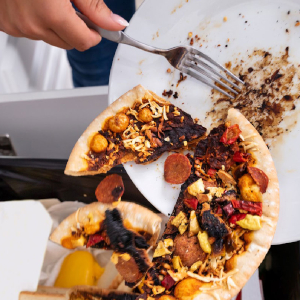A new study on food waste in the US has yielded some shocking statistics. But it’s also generated some do-able, common sense ways to cut food waste. The study report says every American family could save $1,500 a year by controlling food waste…

A joint venture between think tank Mitre Corporation and pollster Gallup surveyed some 9,000 US homes across all 50 states. They collected subject-reported data on how much food was being thrown out daily and why.
Shocking, but expected
The results were shocking but not unexpected: “On average, American households are throwing away 6.2 cups [1.55 kg] of food per week, with leftover waste/spoilage and overreliance on date labels identified as two of the primary contributors to this waste.”
“The U.S. Food & Drug Administration, 30 to 40 percent of food in the United States is wasted. ReFED estimates this waste is costing residents $310 billion [per year] as otherwise edible food fills up landfills and generates greenhouse gas emissions.”
Uderlying motivations
- Eighty-two percent of respondents reported ‘saving money’ motivates them a fair amount or a great deal.
- Reducing ‘environmental impacts’ (40 percent) ranks lower than the other motivators. But the survey reveals there is overall awareness of the environmental implications.
- Fifty-five percent of consumers believe climate change is a consequence of food waste.
- Eighty-six of households think Americans should do more to reduce the amount of food they waste.
- Households that frequently throw away leftovers report throwing out over three times as much food as those who do so less frequently.
- Respondents who say they often or always dispose of food because the ‘Best Before’ date has passed throw away more than twice as much food as those who say they never or rarely throw away food past its ‘Best Before’ date.
What you can do
- Make best use of leftovers. Three out of 10 Americans report frequently using leftovers as ingredients in future meals and five out of 10 report frequently eating leftovers as another meal.
- People who frequently throw out leftovers because no one wants to eat them (9 percent) estimate wasting approximately 12 cups of food each week.
- People who infrequently throw away leftovers because no one wants to eat them (38 percent) waste only 3.5 cups per week of edible food.
- Learn label language. Food labels are confusing, and many people don’t realize that food date labels are generally indicators of freshness, not safety. People who frequently throw away food that has passed its date label waste twice as much safe and edible food (8.9 cups per week) as those who never or rarely throw away food that has passed its date label (4 cups per week).
- Inventory your food before shopping. Before grocery shopping, take an inventory of your food and/or make a shopping list. Think about meal preparation and portion size. After the meal, store and/or freeze leftover food to consume later. Consider composting or locating food waste drop-off stations (e.g., local farmer’s market).
Monitor your wastage
Mitre Corp. has developed a food waste monitoring app. You can download the MITRE Food Waste Tracker free at the Apple and Google Play app stores. After one week, it will estimate how much money you can save by lowering your food wastage…
~ Maggie J.

